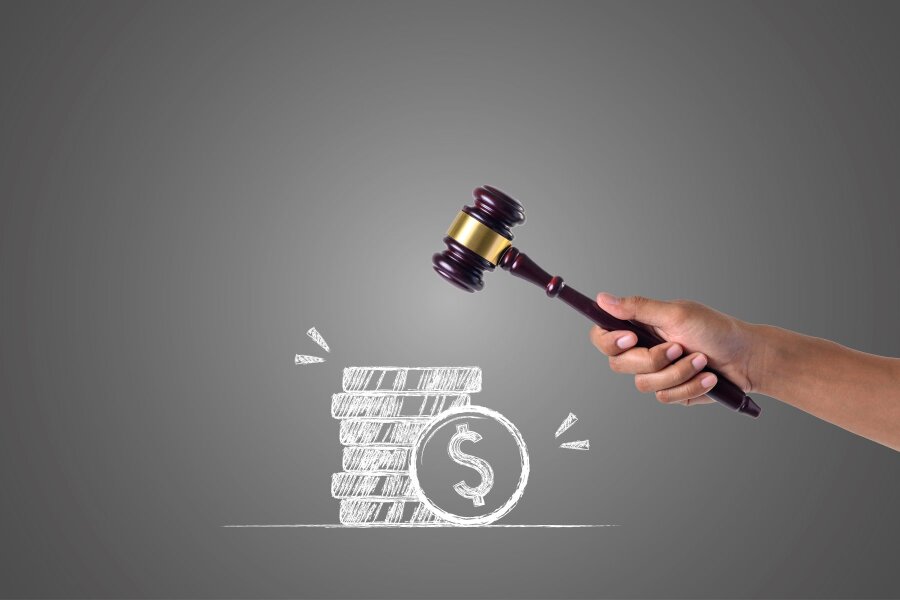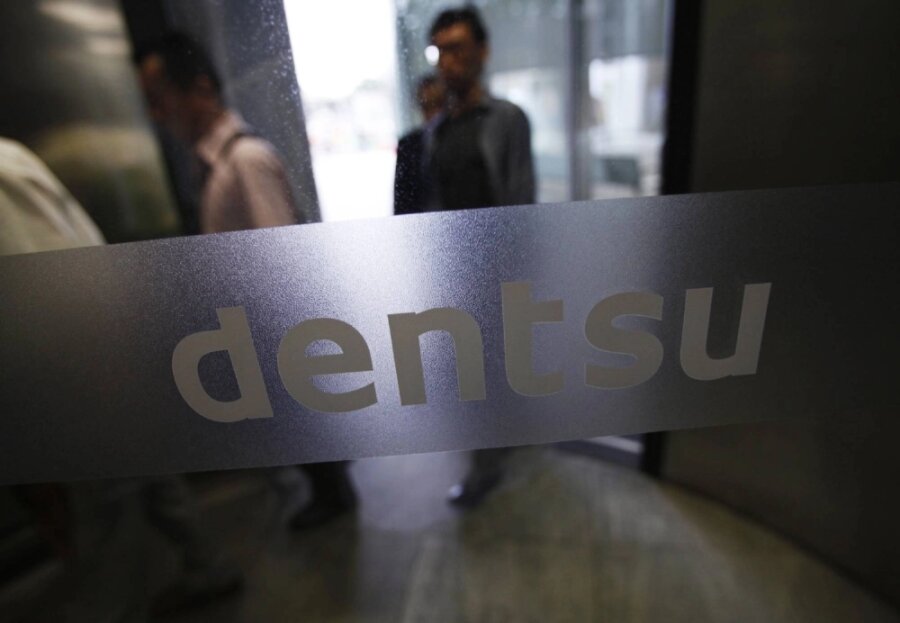
The economic landscape of Thailand has seen its share of ups and downs over the years, with the 1997 Asian financial crisis leaving an indelible mark on the country's financial system. This crisis forced Thailand to reevaluate its financial institutions and legal frameworks. As a response to the corporate defaults and economic slowdown, Thailand introduced a significant amendment to its bankruptcy laws, paving the way for corporate restructuring akin to the United States' Chapter 11. This crucial amendment, known as the Corporate Reorganization under Chapter 3/1 of The Act (Proceedings Relating to Reorganization of the Debtor’s Business), came into effect in 1998, and it has since undergone several refinements to enhance its provisions and principles.
The Thai Bankruptcy System: Bankruptcy Court
With the inclusion of reorganization proceedings in the 1998 Amendments, the need for specialized judges with a deep understanding of the process and a solid grasp of business practices became evident. In response, the Establishment of Bankruptcy Court and Procedure for Bankruptcy Cases Act was enacted in 1999. This marked the establishment of the Central Bankruptcy Court, a specialized court that plays a pivotal role in handling all bankruptcy cases and related civil matters. More recently, the Central Bankruptcy Court was granted jurisdiction over criminal matters associated with bankruptcy. Unlike the pre-1999 Act era, where any civil court could hear bankruptcy cases, all bankruptcy cases are now mandated to be heard by bankruptcy court judges. This change ensures a more streamlined and efficient process, as filing bankruptcy petitions with other courts is no longer permissible.
Bankruptcy Procedure
What is the Bankruptcy Code for Thailand?
Bankruptcy procedures in Thailand are principally governed by the Bankruptcy Act and related banking regulations, along with the Civil Procedure Code. One of the key aspects of the current system is that the Bankruptcy Court proceeds with case trials without adjournment, except in unavoidable circumstances. The court aims to reach a judgment or issue an order as promptly as possible. This differs from the pre-1999 Act era when cases were often heard in installments at monthly intervals.
Appeal
In the case of debtors seeking business rehabilitation, every judgment or order made by the Bankruptcy Court may be appealed to the Supreme Court within one month of its issuance. The Bankruptcy Court is in charge of accepting these appeals and referring them to the Supreme Court for further consideration.
Liquidation - Absolute Receivership
Being in a state of insolvency alone doesn't automatically pave the way for creditors to initiate bankruptcy or liquidation proceedings. To take such actions, there needs to be a bona fide default in terms of agreed payments or obligations. Liquidation is the legal process that brings a limited company's operations to a halt, putting an end to its ability to trade or employ staff.
Under Thai law, bankruptcy is an involuntary process in which a company or debtor's assets are distributed among their creditors. The path to this distribution involves a carefully structured procedure.
Bankruptcy Process
Who can initiate a bankruptcy action and against whom?
Any creditor owed more than 2 million baht by a corporate debtor or more than 1 million baht by an individual debtor holds the right to file a bankruptcy action against the debtor. However, it is crucial to establish the debtor's insolvency. Several events can trigger a presumption of insolvency, including dishonest asset transfers, leaving the jurisdiction, or consistent failure to meet debt obligations. Once a creditor initiates a bankruptcy action, the legal process takes its course.
Commencing bankruptcy proceedings in a Thai court of law
Composition Prior to Bankruptcy
In cases where both the debtor and creditors seek to avoid a protracted and adversarial bankruptcy, a composition during bankruptcy proceedings may offer an appealing alternative. Debtors can propose a composition for the satisfaction of their debts, which creditors then consider. Once approved by the Court, this composition becomes binding on all creditors. However, it is imperative to ensure that the composition includes provisions for debt repayment in accordance with legal guidelines. Any composition that does not meet these requirements or offers preferential treatment to specific creditors may face rejection.
Composition after Bankruptcy
In instances where the Court has adjudicated bankruptcy, the debtor may submit another composition proposal. There is a waiting period of at least three months if the previous composition attempt was unsuccessful. The Court can terminate the bankruptcy upon approving a new composition and restore the debtor's ability to manage their business. However, failure to repay the debt as per the composition or fraudulent composition efforts can lead to the termination of the composition and bankruptcy proceedings.
Discharge from Bankruptcy
A bankrupt individual may be discharged from bankruptcy through a court order or an automatic discharge. The court can grant a discharge if at least 50% of the assets have been paid to creditors, and the bankrupt does not exhibit dishonest behavior. In cases of dishonesty, the court may extend the automatic discharge period. Regardless of the type of discharge, it is essential to note that certain liabilities, such as those involving partners or guarantors, tax debts, or debts arising from dishonesty or fraud, remain unaffected.
Proceedings in Cases Involving Juristic Persons
When the debtor is a juristic person, the liquidator has the authority to submit a petition to the Court for adjudication of bankruptcy if the assets fall short of covering the debts. The Court can then initiate a temporary receivership of the assets of the concerned person. It is important to remember that this process may require security from the petitioning creditor and is subject to specific conditions. Additionally, the Court may order compensation if it is later determined that the person was not an unlimited partner, further highlighting the meticulous nature of bankruptcy proceedings.
Business Reorganization
Business reorganization in Thailand falls under Chapter 3/1 of the Act. The procedure begins with the debtor, creditors owing more than 10 million baht, or a competent government entity filing a petition for restructuring. When the Court grants the restructuring application, it issues an automatic stay, which stops creditors from suing the corporation. This stay also prohibits creditors from filing dissolution or bankruptcy petitions. Following the Court's approval, creditors are tasked with selecting a plan preparer to draft a rehabilitation plan. This plan must be approved by the Court and submitted to creditors for consideration. Once approved, the plan becomes binding on all creditors and is implemented within a specified timeframe.
Filing of Petition for Business Reorganization
Who can initiate a business reorganization action and against whom?
The debtor, creditors owed more than 10 million baht or a relevant government authority may file a petition for reorganization, even if a bankruptcy lawsuit is already underway. It is vital to demonstrate the debtor's insolvency and the prospects for business reorganization. However, there are restrictions on filing a petition when certain prior orders or actions have been taken against the debtor.
Specifics of the Petition
A petition for business reorganization must contain clear information about the debtor's insolvency, a list of creditors owed at least 10 million baht, grounds for rehabilitation, the plan preparer's qualifications, and the plan preparer's consent. Creditors must also provide data of other known creditors or, if the debtor is the petitioner, a list of all assets and debts, including creditor data.
Automatic Stay
The automatic stay that takes effect upon Court approval of a business reorganization application offers protection to the debtor by limiting creditors' ability to enforce their claims. It significantly curtails the rights of secured creditors, as they require the Court's approval to take legal action or enforce judgments. The secured creditor's ability to seek an amendment or annulment of this limitation is subject to stringent conditions. The stay remains in place to ensure the success of the business reorganization.
How Long is Bankruptcy in Thailand?
After a waiting period of 3 years from the adjudication date, you'll be discharged from bankruptcy.
If you've had a prior bankruptcy within the last 5 years, that waiting period extends to 5 years.
For those who might have found themselves in the category of "dishonest bankrupts," the court can be a bit more stern. In their case, the automatic discharge period can be extended to a full 10 years.
If you've been involved in an offense related to misappropriation or deceptive dealings with public borrowings, then the automatic discharge period is also set at 10 years.
However, there's room for exceptions. In cases with special conditions, the Official Receiver or even the bankrupt individual can request a change in these periods.
A Guide to Personal Bankruptcy in Thailand
Can You Declare Bankruptcy in Thailand?
The path to declaring personal bankruptcy in Thailand is a meticulous process that doesn't allow for voluntary filing. It's a situation where the creditors take the lead.
In Thailand, the journey towards personal bankruptcy begins with a creditor's petition. This means that you can't just simply declare bankruptcy in Thailand; it's the creditors who initiate the process. If you're deep in debt, and the creditors are looking to recover their dues, they'll need to file a petition with the Bankruptcy Court.
What exactly is the threshold for insolvency in Thailand? Thai law doesn't offer a neat, official definition. Instead, it's the court's discretion that decides whether you're insolvent. In most cases, it's when your debts surpass your assets.
The burden of evidence frequently transfers from the creditor to the debtor in personal bankruptcy proceedings. If the debtor does not agree with the bankruptcy claim, it is their responsibility to demonstrate their solvency.
When a creditor files a petition, they can request the court to freeze the debtor's assets temporarily. This freeze prevents the debtor from selling off assets and potentially leaving creditors high and dry. It's a safeguard that ensures the process remains fair and square.
Once the petition is filed, the court sets a date for the first hearing. This is where objections are heard, and the case begins to take shape. After a careful examination of the petition, the court might issue something called an "ARO" - Authorization for Official Receiver. This is where the real action begins.
Before bankruptcy is made official, the debtor gets a chance to propose a composition of their debts. This is where they lay out a plan for how they intend to manage their debts and assets. It can include security arrangements and arrears repayment proposals. There are certain minimum requirements that need to be met, but if those boxes are ticked, creditors can approve the proposal with a 75% majority vote.
If the proposal is not approved by the majority of creditors, a declaration of bankruptcy is made. At this point, it's all about seizing and liquidating assets.
To be released from a bankruptcy declaration, a few conditions need to be met:
- The Official Receiver must operate as an individual, without assistance from a creditor during the asset collection process.
- The debtor should not have previously been declared bankrupt.
- The debts mentioned in the bankruptcy action have been paid in full.
- After the bankruptcy action concludes, a continuous 10-year period must pass without the Official Receiver successfully collecting further assets from the debtor.
Bankruptcy Lawyers in Thailand
Navigating the complex terrain of bankruptcy in Thailand requires a thorough understanding of the country's legal framework and procedures. The evolution of bankruptcy laws in response to economic challenges has established a structured and meticulous system that prioritizes the rights of creditors and the potential for business reorganization. Whether you are a debtor seeking to restructure your business or a creditor aiming to recover debts, it is essential to engage legal experts well-versed in Thailand's bankruptcy laws to ensure a smooth and effective process. Search for the Best Bankruptcy Lawyers in Thailand.




